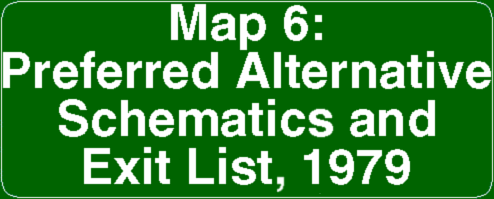

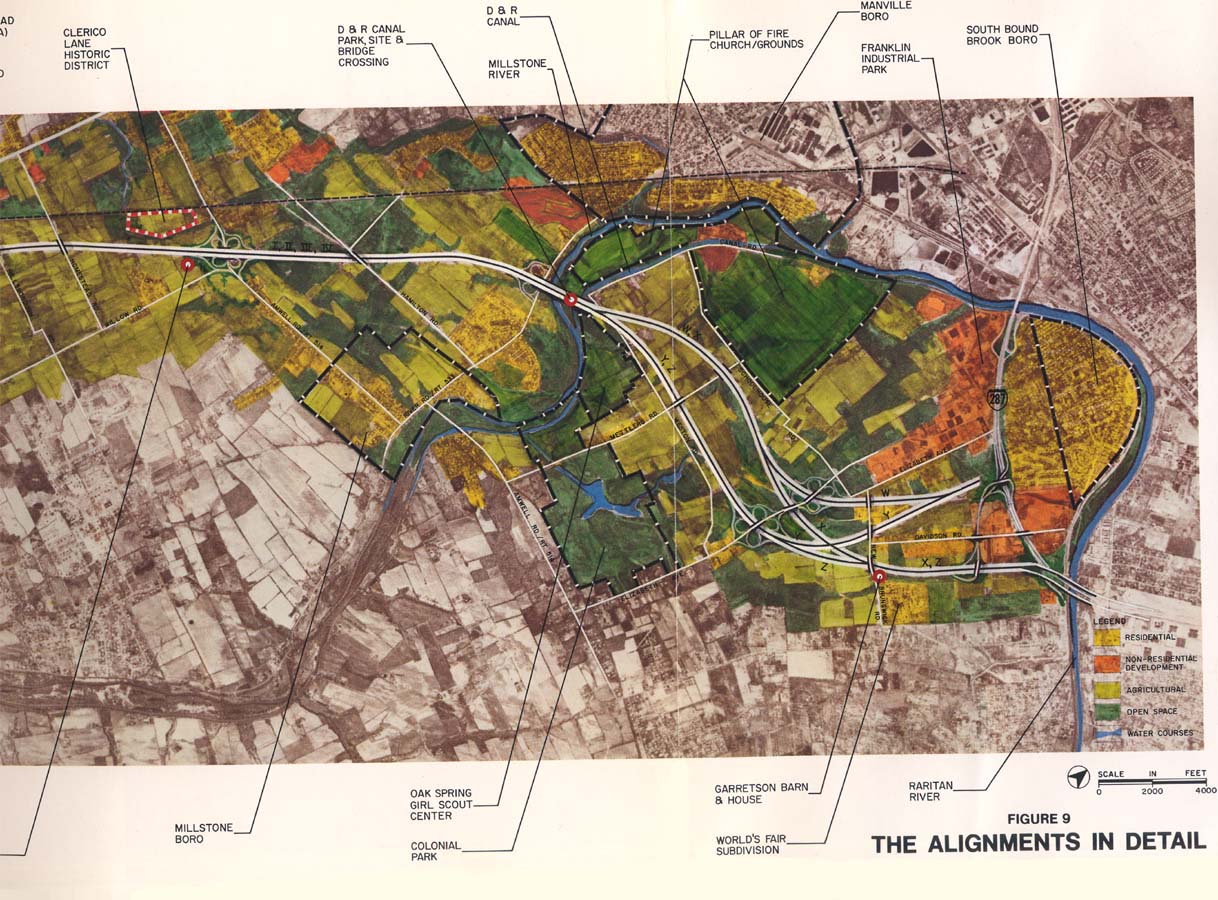
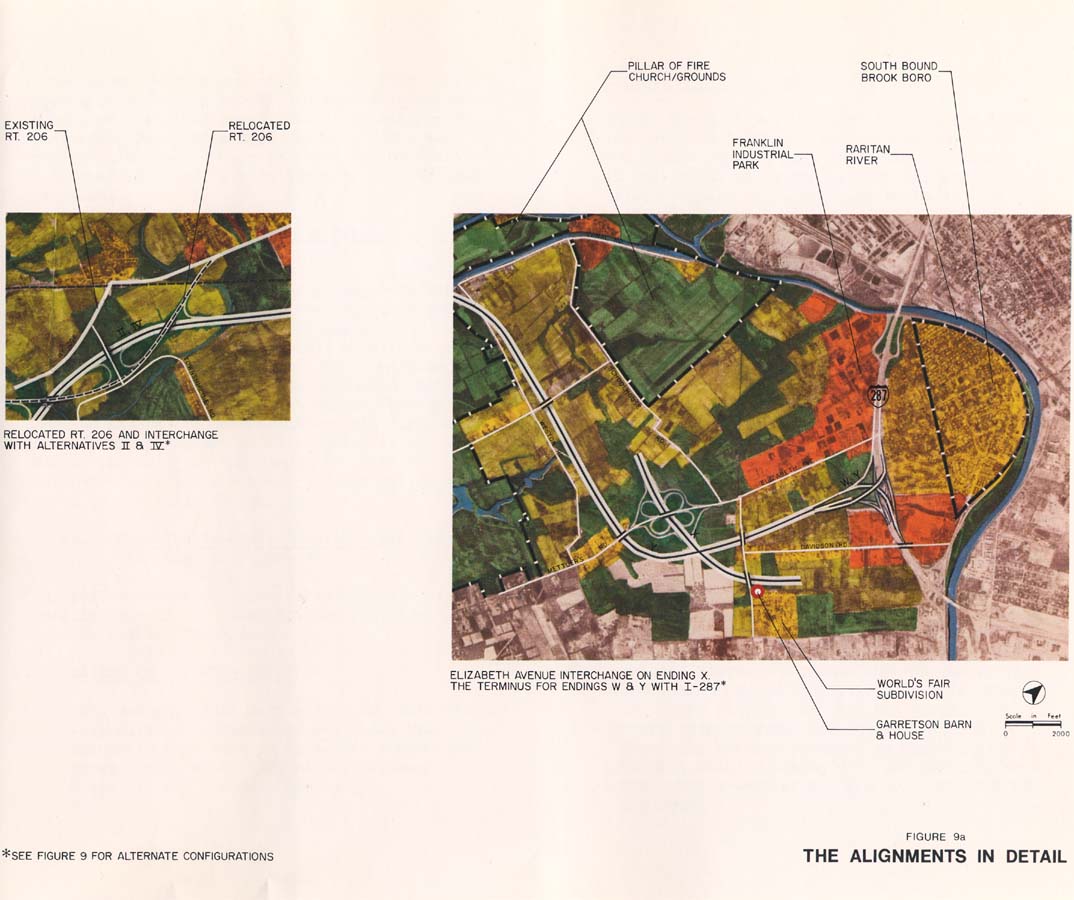
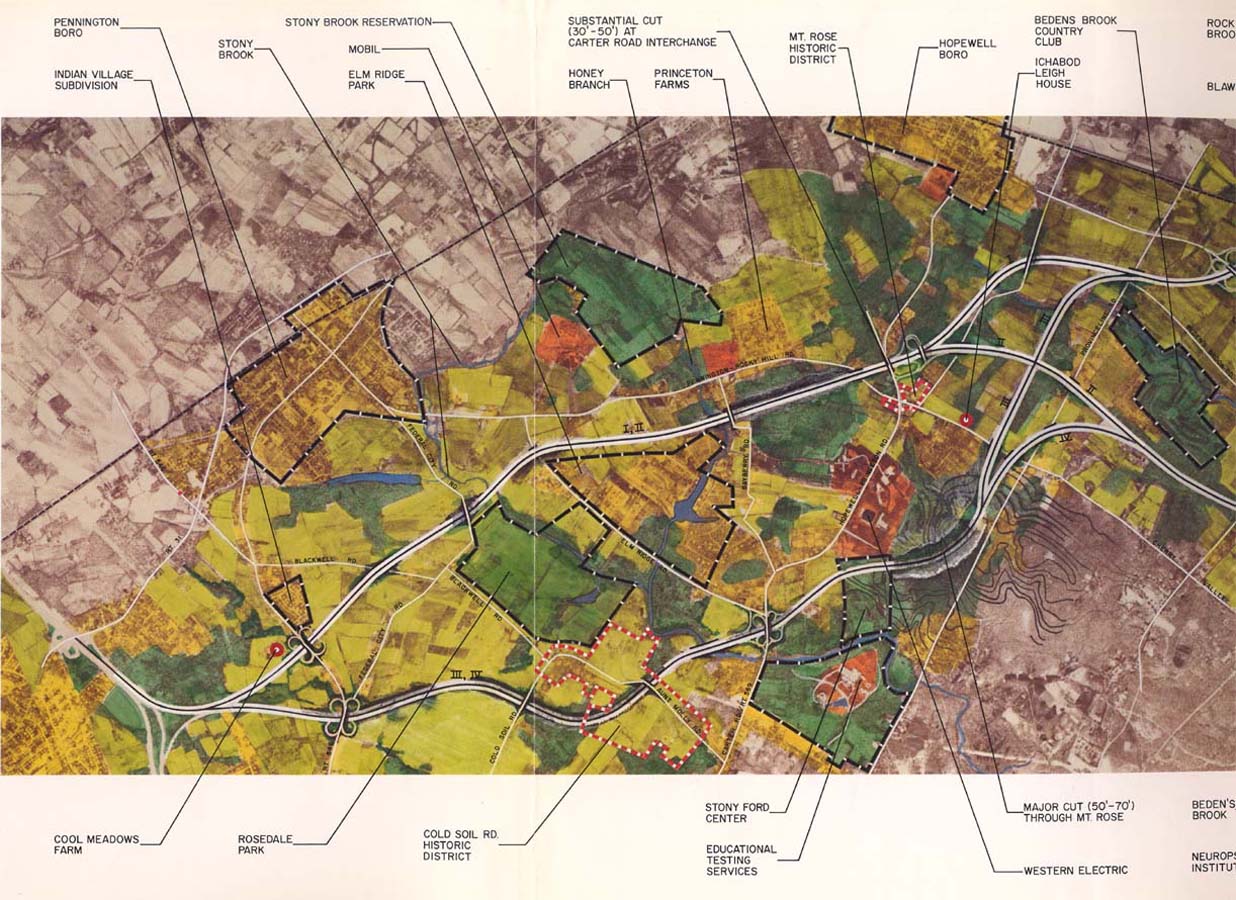
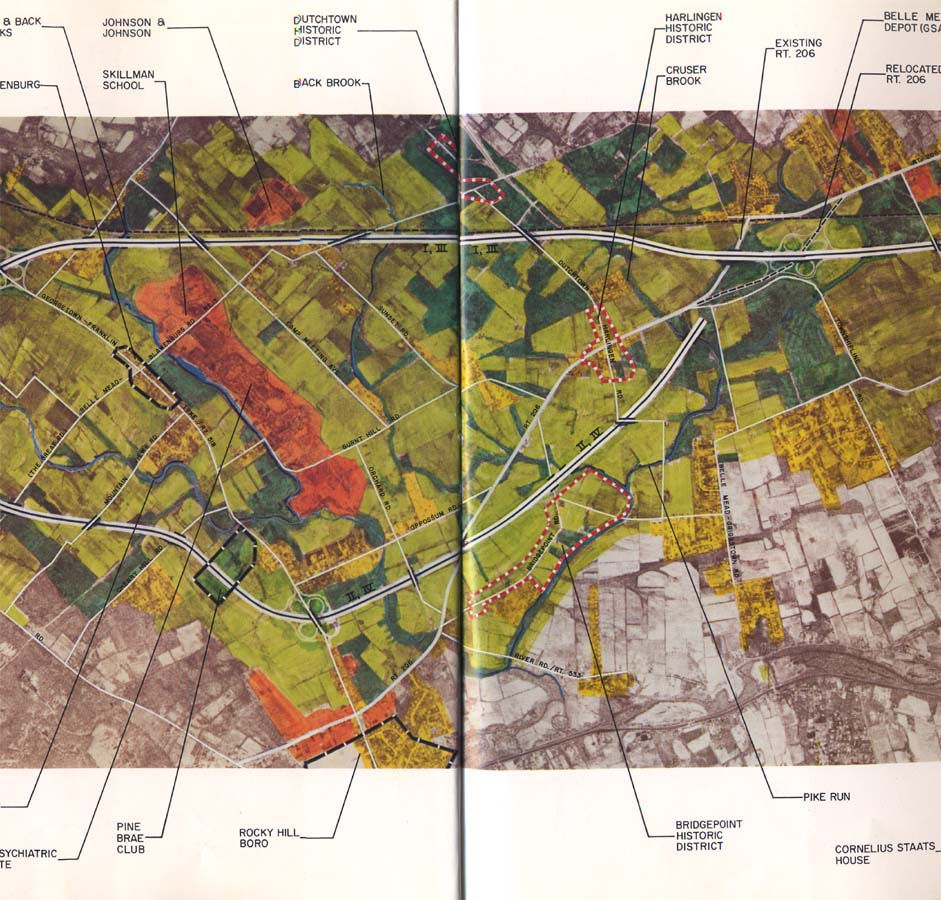
There are several interesting features in the plans. One is the lack of a full '3-y' interchange at the Scudders Falls Expressway (I-95) / Somerset Freeway (I-95) / Camden Freeway (I-295) interchange. The movement between the Somerset Freeway (I-95) southbound and the Camden Freeway (I-295) southbound is missing.
While most interchanges with arterials were planned as full cloverleaves (which is unusual in itself), some others are worthy of note. The interchange at Pennington-Lawrenceville Road (CR 546) consists of a 'leaves only' partial cloverleaf. The design of this interchange may perhaps be explained by a need to lessen weaving problems from the nearby Scudders Falls Expressway (I-95) / Somerset Freeway (I-95) / Camden Freeway (I-295) interchange.
The interchange at Hopewell-Princeton Road (CR 569) consists of a 'trumpet-t' design on the western alternatives, which was likely concieved as a way to reduce space and excavation demands in an area of large elevation changes. The interchange with Van Horne Road (US 206) consists of an unusual weaving design on the eastern alternatives which is also missing half the movements that are shown in the western alternatives' standard cloverleaf interchange.
Finally, the interchange at the Middlesex Freeway (I-287) shows a '3-y' varient with nested local lane connections on the mainline Middlesex Freeway (I-287) for the western alternatives. For the eastern alternatives an extended connector road is used for movements between the northbound Middlesex Freeway (I-287) as well as providing local connections to the southbound Middlesex Freeway (I-287), while the mainline of the Somerset Freeway (I-95) continues northeast and has extended elevated ramps where it meets the southbound Middlesex Freeway (I-287), preventing a direct local connection.
Below is an exit list for the Somerset Freeway (I-95) based on the plans for Alternative I shown above (the far western alternative).
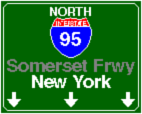
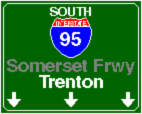
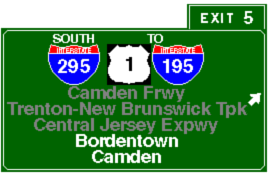
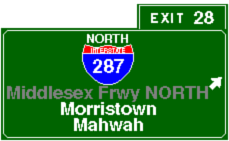

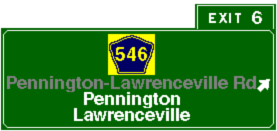

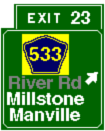
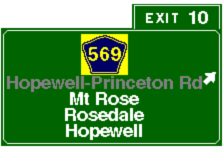
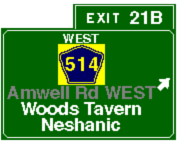
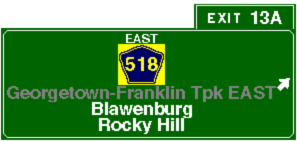
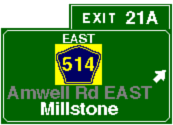
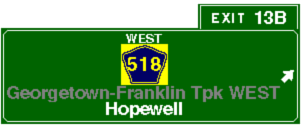
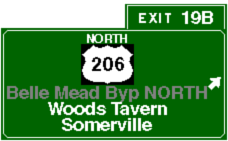
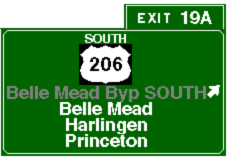
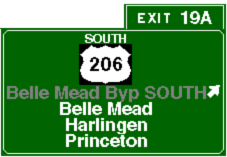
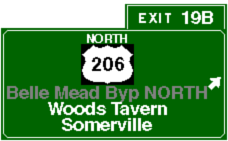
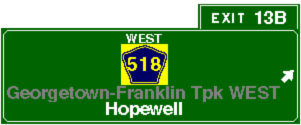
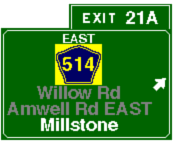
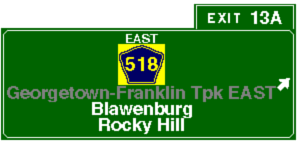
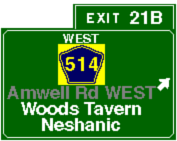
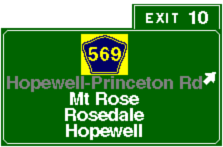
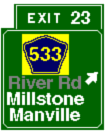
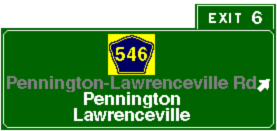


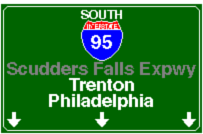
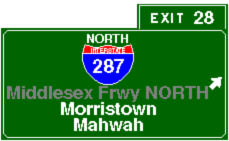
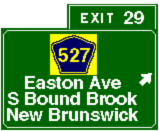
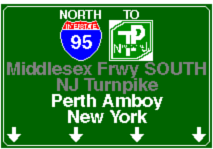
Map 1: I-95 Corridor Shifts, 1954 - 1982
Map 2: Adopted Route, 1964
Map 3: Re-extended Route, 1968
Map 4: Connectors Added, 1976
Map 5: All Considered Alignments, 1979
Map 6: Preferred Alternative Schematics and Exit List, 1979
Map 7: Exit Number Changes, 1984 - 1996
Map 8: I-95 Gap Corridor Today
Map 9: The Future I-95/I-276 Interchange
The I-95 Gap Eastern Bypass
The I-95 Eastern Route
The I-95 Western Route
The I-95 Gap Western Bypass
Back to New Jersey Expressways and Tollways